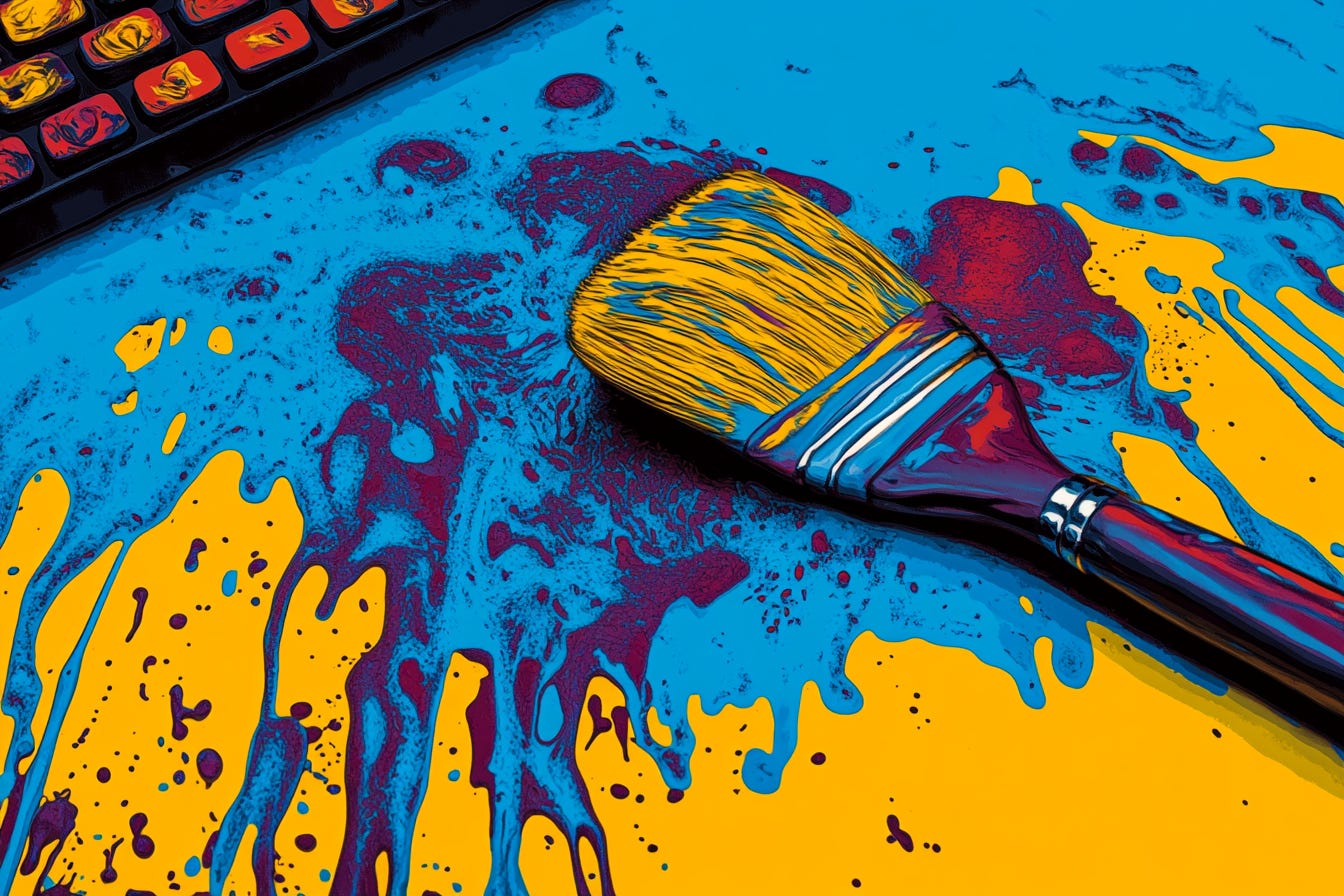From Makers to Meta-Makers
Conversations I am looking forward to at Config next week
As code becomes design and design becomes code, where do tools like Figma sit at this intersection, and are we all evolving into architects of our own creation processes? These are some of the conversations I'm looking forward to at Config next week.
Two Paths to Creation
What's fascinating is watching the emergence of two powerful yet philosophically distinct approaches to creation. Text-to-code tools like Cursor and Windsurf represent a fundamentally different interaction paradigm—one that's reshaping what gets designed and how.
Figma occupies a unique position in this ecosystem precisely because direct manipulation represents the conceptual counterpoint to prompt engineering. While language interfaces excel at speed and approximation, Figma's canvas offers something increasingly valuable—deterministic precision in an increasingly probabilistic creative landscape.
I'm curious if Figma sees Dev Mode as their opportunity to bridge these worlds. Or will we get the announcement next week that the current prototype mode will go further and become fully deployable apps? A lot of opportunities in transforming visual certainty into functional reality. The company that made design more developer-friendly now has the chance to make development more designer-centric, without abandoning what makes visual creation so powerful.
The Rise of Meta-Making
Beyond the product announcements, I'm drawn to Config for those hallway conversations—particularly interested next week to learn how idea builders are discovering and developing sophisticated methodologies that go beyond individual tools. This seems extra timely considering we're at this transitory state where there are a lot of new tools and new ways of making that we are experimenting with and incorporating into our workflows.
I think we're witnessing the emergence of meta-makers—people whose primary creative medium isn't pixels or code, but the workflows themselves. The most innovative among us no longer simply use tools sequentially; they put technologies hand-in-hand in carefully choreographed processes, each playing to their unique strengths.
This evolution suggests a shift in how we identify professionally. Perhaps we're all becoming workflow architects first, and product creators second—with the ability to design our creation processes becoming as important as designing the products themselves. I am interested to meet and learn from others next week as tools dictate how we make, and what we're learning now together will shape the next wave of tools.
If you're heading to Config next week, I'm eager to hear about your own creation workflows—and what unexpected tool combinations have changed how you build.
Let’s share notes!


